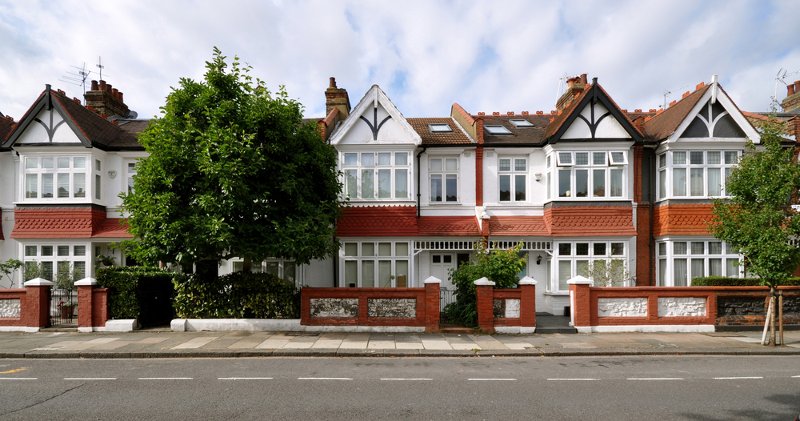Croydon is the UK’s number one hotspot for high-risk mortgage lending, with 463 risky mortgages taken out in the area in 2017, up 11% from 419 the previous year, peer-to-peer secured property lending platform Lendy has found.

Croydon is the UK’s number one hotspot for high-risk mortgage lending, with 463 risky mortgages taken out in the area in 2017, up 11% from 419 the previous year, peer-to-peer secured property lending platform Lendy has found.
Croydon’s 463 risky mortgages places it top out of all 2,578 postcode areas studied in 2017 while the UK average was just 39 risky mortgages per area last year.
Walthamstow (421 risky mortgages), Wandsworth (363), Streatham (322), and Tooting (319) are the other leading areas for risky mortgages in the UK.
Liam Brooke, chief executive, Lendy, said: “More and more people are stretching their budgets to live in Croydon. Unexpectedly it has become one of the country’s property hotspots.
“Banks are still piling into the owner-occupier market and choosing to lend more to risky mortgage borrowers rather than property developers.
“If just some of this lending went to well-run property developers, it would get more spades in the ground, more houses built and start to alleviate the housing crisis.”
According to Bank of England guidance, mortgages are considered “high-risk” if they are lent at 4.5 times or more of the applicant’s salary.
The number of high-risk mortgages in Croydon reflects the turnaround in its reputation. Once seen as one of the least glamorous parts of London, it has surprised many by becoming one of the hottest areas in the capital’s residential property market.
Lendy explained that Croydon is now established as one of the UK’s leading technology hubs, with over 1,500 tech startups based in Croydon Tech City.
Croydon’s Boxpark, opened in 2017, and the upcoming Westfield Shopping Centre, due to begin construction in mid-2019, are examples of the ongoing redevelopment and gentrification of the area.
Croydon was also the only area in South London that saw house prices rise in the year to February.
The number of risky mortgages in the UK jumped by 15% last year, with 101,380 approved by banks and Lendy thought that the increase in the number of risky mortgages to residential purchasers means that even less funding is available to property developers.
Banks are choosing to pour more lending into the risky owner-occupier market, rather than fund new housing developments that could ease the UK’s housing crisis.



